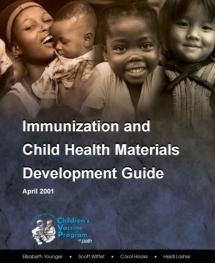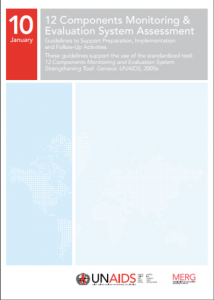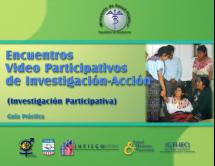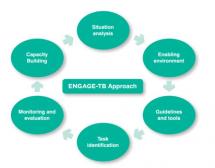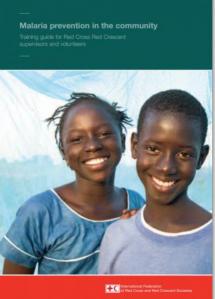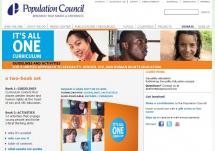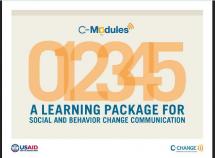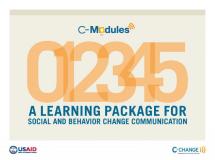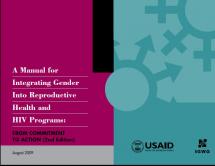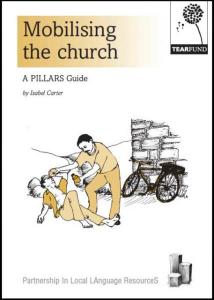Learning Package for SBCC Practitioner’s Handbook
This is a six-module learning package for facilitated, face-to-face workshops on social and behavior change communication (SBCC). Designed for communication practitioners in small and medium-sized development organizations, the modules comprise the following downloadable documents: 1) Practitioner’s Handbook for each module, 2) Facilitator’s Guide for each module along with an overall Facilitator’s Preparation, and 3) Additional Resources. Module 0 introduces participants to SBCC. Modules 1 through 5 focus on one distinct step of C-Planning: 1: Understanding the Situation, 2: Focusing & Designing, 3: Creating, 4: Implementing & Monitoring, and 5: Evaluating & Replanning. These modules focus on building essential SBCC competencies, feature practical tools, use field examples, and create opportunities for participants to apply what they learn to their own programs. Facilitators may adapt the content to learners’ profiles and the time available and substitute their own examples. Facilitator Preparation: Includes an overview of the approach, the course and resources for preparation, facilitation, field-testing, and evaluation.
This handbook is designed for practitioners who want to build their own capacity to develop, implement, monitor, and replan quality SBCC programs and contribute to collective learning about SBCC.
The course is designed so that the participants will learn about:
- The five systematic steps of SBCC—from planning through implementation and re‐planning
- The Socio‐Ecological Model for Change and SBCC theories, models, and approaches to analyze how change happens
- How advocacy, social mobilization, and BCC strategies can work together
Last modified: July 23, 2021
Language: English, Spanish

